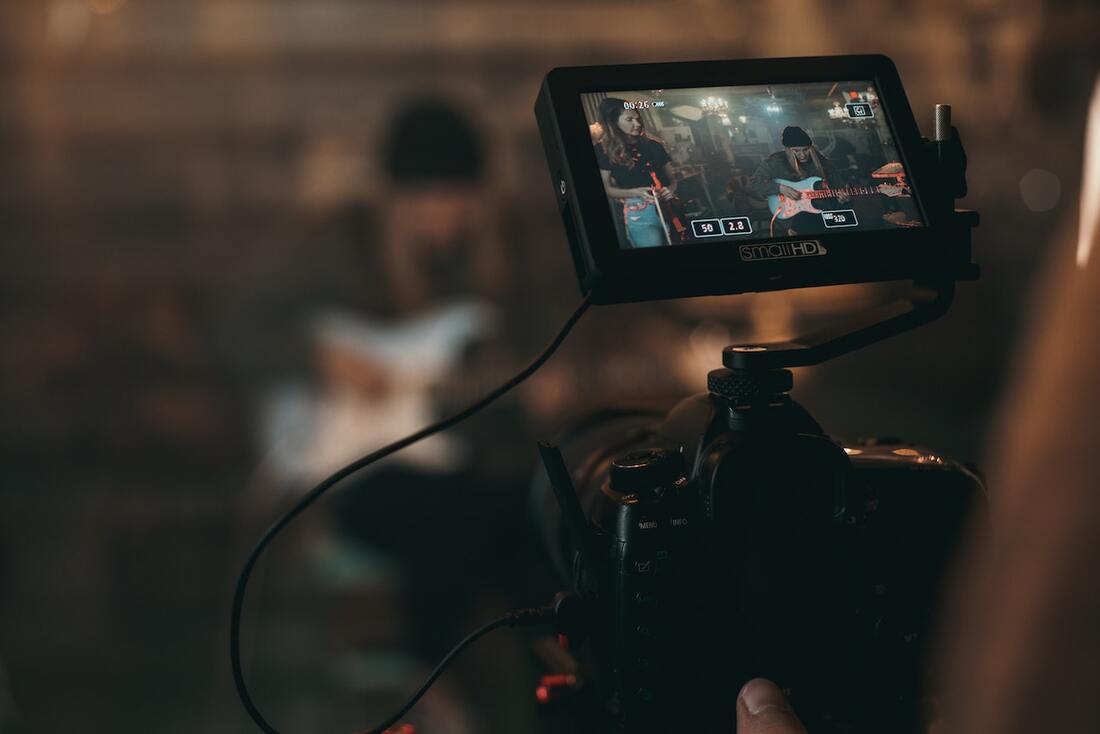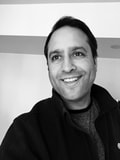|
Post by Nick Venturella There are about as many movies, TV shows, ads and video games out there as there are interests that people have. That’s good for musician’s because all those TV shows, films, ads, and video games need music to help their stories come alive to convey and connect the emotion of what’s on screen with the viewer. All that is to say, there is plenty of opportunity for musicians to get their music (really whatever kind of music you create in whatever genre) into various moving visual media projects. That’s because so many TV and film projects have such a variety of scenes and stories being told that require the right music to help it all gel and emote the way the director wants. This is why music supervisors (those who typically help identify the right songs for each scene of a movie, ad, game, or show) comb through tons of music searching for the right fit, with the right tempo, lyric, instrumentation, vibe, and feel to help drive the scene forward. As exciting as it is to hear your song as part of a TV show or movie, the promotional boost for your music and brand along with the licensing fee payout, and ongoing (backend) royalty payments is why sync licensing of music is a desirable part of musician entrepreneurship. Sync provides music creators with a substantial revenue stream among the many revenue streams a musician has to piece together to make up their entire income. Most musicians have several income streams that when cobbled together make up their entire annual earnings (what might be an annual salary for others in a regular consistent job). Because musicians’ income streams often vary in terms of when they pay and how much they pay, sync licensing deals can provide some income stability compared to other music-related income streams. This is often due to upfront licensing fees paid for permission to use your music in a film or on a TV show as well as the backend royalties that your Performing Rights Organization (PRO), like ASCAP or BMI, will collect from streaming. These streaming royalties often increase when your song is placed in TV or film because most productions like a movie will create streaming playlists of the music in the movie to help with the film’s promotional campaign to market the movie. This marketing boost, which is simply a byproduct of your song being licensed, helps promote your music to a much larger audience than you might have been able to reach on your own. That leads to many more people discovering your music and streaming it, which adds to your backend royalty revenue. Want to get even more in-depth knowledge about how sync licensing works? Apply to enroll in Ari’s Take Academy’s Sync Licensing course. (affiliate link) I took this course myself. It provides a lot of detail about all aspects of sync taught by Vo Williams who is a veteran in the sync world with literally thousands of placements under his belt. Plus, you get access to a great community of other music creators, and you’ll have the opportunity to pitch your songs to real sync agencies and production houses seeking licensable songs for projects. I’m navigating the human condition like everyone else.
Sometimes that makes me feel like an imposter in my professional pursuits. Why? Because… I don’t just concentrate on one thing in my career… as opposed to what most of society seems to suggest in order to achieve professional success… I write, create art and I create music as a means of expression to help me understand the world and where I fit in it. Turns out, others relate to my expressions too, and want to pay me for them. This is one of my professional pursuits. I also package up my creative skills, marketing and business knowledge (much of which are transferable skills from being an entrepreneurial musician) to meet the needs of my full-time employer. This is work I enjoy and, in addition to my creative pursuits, it helps me make enough of a financial living to provide for my family and myself. All of the above makes up my individual professional, career brand. I don’t solely concentrate on one pursuit in my career, but their are commonalities and overlapping skills among them. The sum of my interests, skills and experience makes up how I’m able to have success as a musician and marketer — it makes up the whole of my career. At this point in my life these revenue-generating pursuits have become symbiotic. I learn a lot in each area that transfers to the other. It’s kind of magical, really. One needs the other for my personal career brand to work and be successful. At least that’s what I’ve determined. Turns out, there are many others out there (maybe even you) in a similar boat with intertwined multiple career pursuits that make up their holistic career brand. Knowing this, I now don’t feel as alone, and I no longer feel like such an imposter because I’m embracing what makes up my entire career, what has proven to be successful for me. I realize I don't have to follow the norm, and I've found I'm happier paving my own path. It’s taken (and still takes) a lot of self-reflection to find the self-awareness to guide me forward and build my confidence to create the career results I'm after. However, my own accomplishments make me want to continue to invest in myself and others who struggle with the guilt that the whole of their career brand doesn’t fit into one job. Guess what? It doesn't have to, and I'll help you break down the self-reflection tools that can help you invest in yourself for your own version of success.  I've been playing Telecaster style guitars for multiple decades. I really enjoy the body shape, feel, and tones you can conjure up with a T-style guitar. In my opinion, Tele's are some of the most versatile guitars available. They're a fit for just about any music genre or application. For this reason, T-style guitars are a popular choice. Because T-style guitars are popular and come in a few variations - semi-hollow, solid body, two single-coil pick ups, one humbucker and one single-coil, or two humbuckers - they also typically come with a variety of prices for different configurations and brands. Whether a guitar player is a beginner or more advanced, I have no doubt they will find great value for the price in Glarry's T-style guitars. The one I am partial to and own is the GTL Semi-hollow electric guitar (affiliate) from Glarry. The guitar has an "f" sound hole (the semi-hollow part), and a humbucker pick up in the neck position along with a single-coil pick up at the bridge, 3-way toggle switch and a tone and volume knob. The neck is closer to a 12" radius (this is bigger than the 9.5" neck radius of a traditional Fender Telecaster), but a little larger neck radius provides easier soloing. Between the guitar itself and whatever amplifier you plug it into you can dial in some really smooth bassy tones with the humbucker pickup or crank the distortion and get a thick rock sound. You can also get the sweet single-coil pick up sound that jangles and twangs from the bridge pickup...again, making this guitar's sound versatile for any musical application. Plus, the price is less than Fender's student/beginner series of Squire Telecaster guitars, making the Glarry a great choice for the money. Below is my unboxing video of the GTL Semi-hollow electric guitar (affiliate) from Glarry. |
Invest in yourself. Get creative/business/life insights in your inbox - sign up for my eNewsletter.
Archives
July 2024
|




 RSS Feed
RSS Feed

